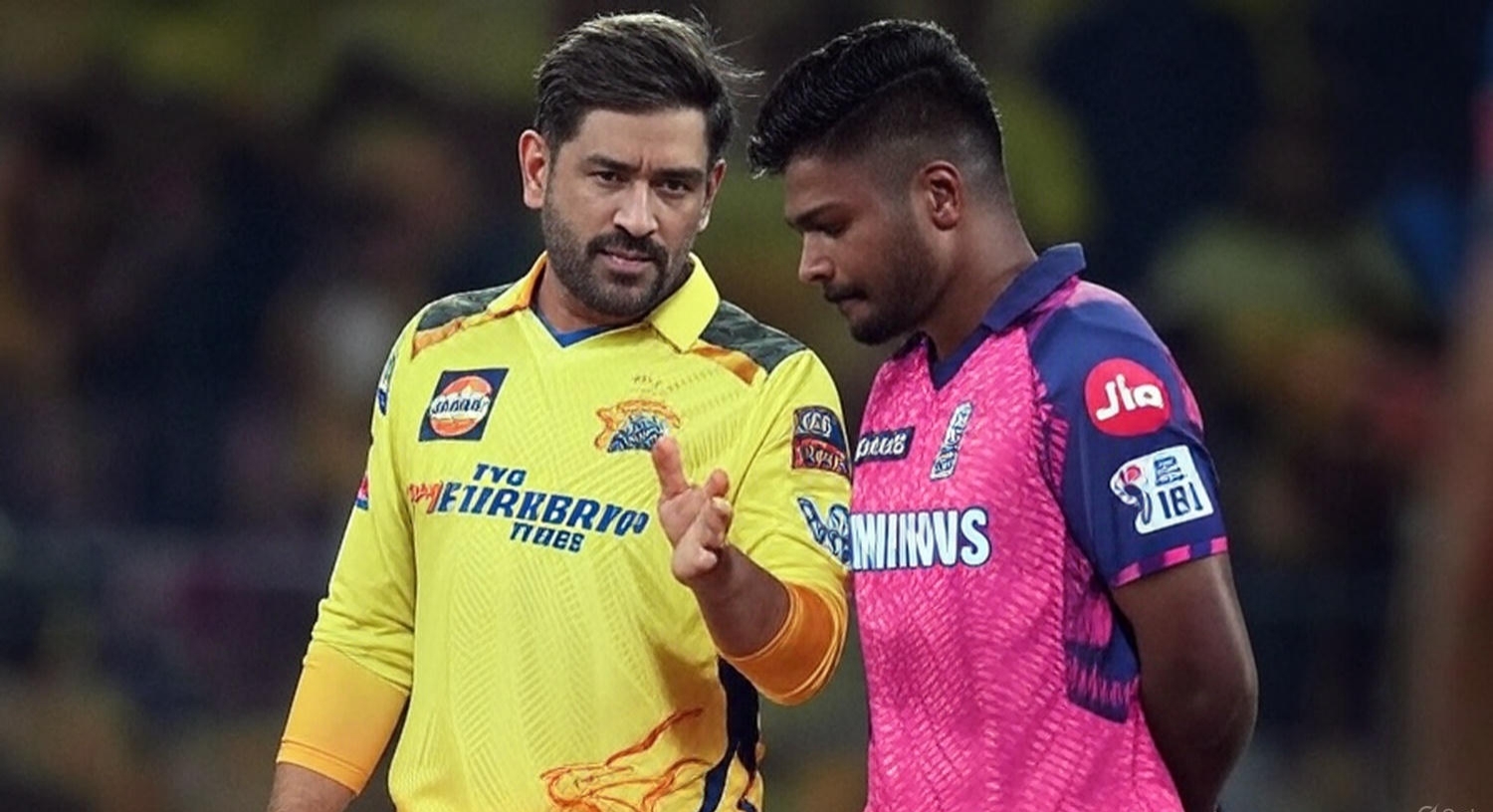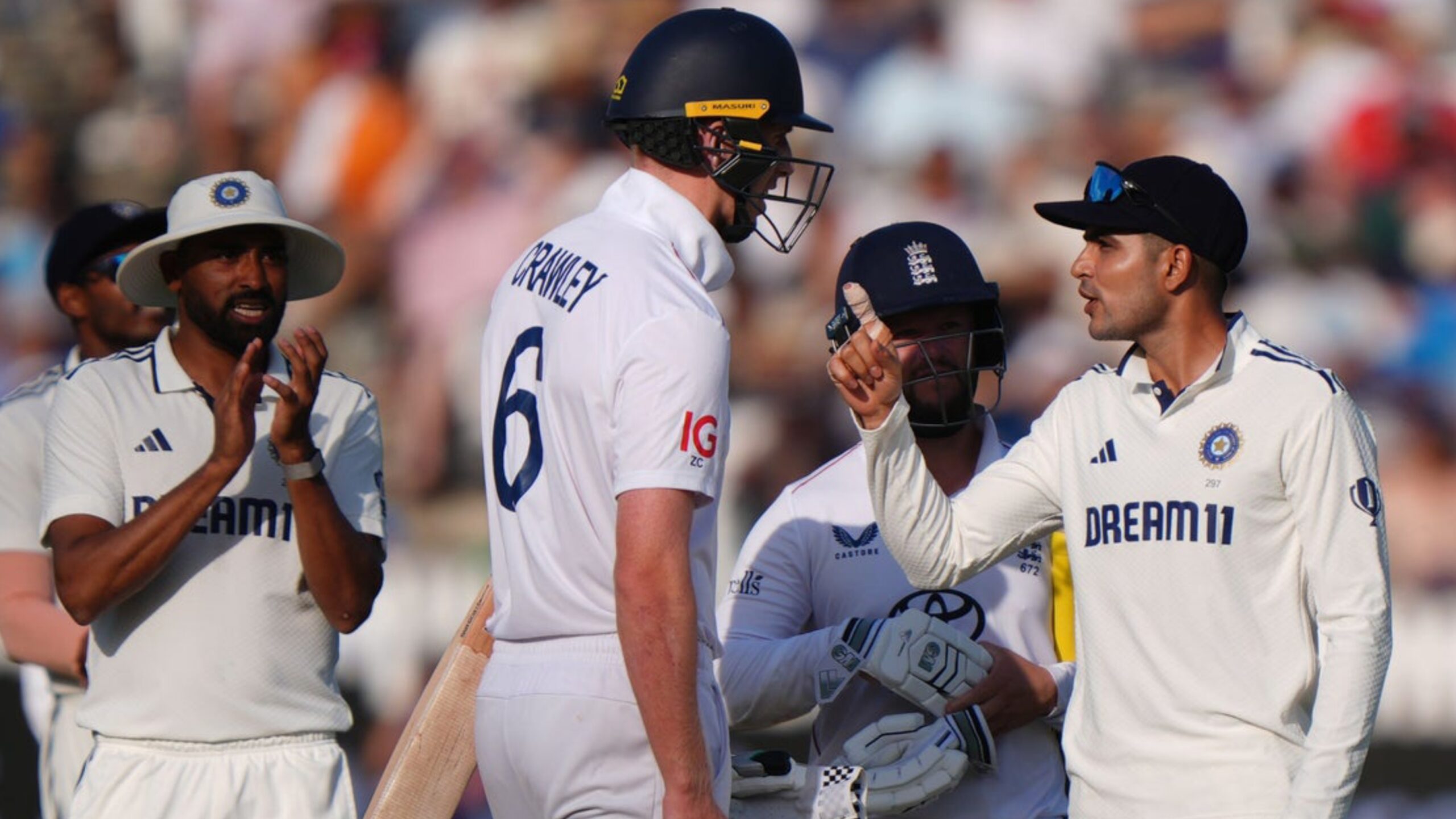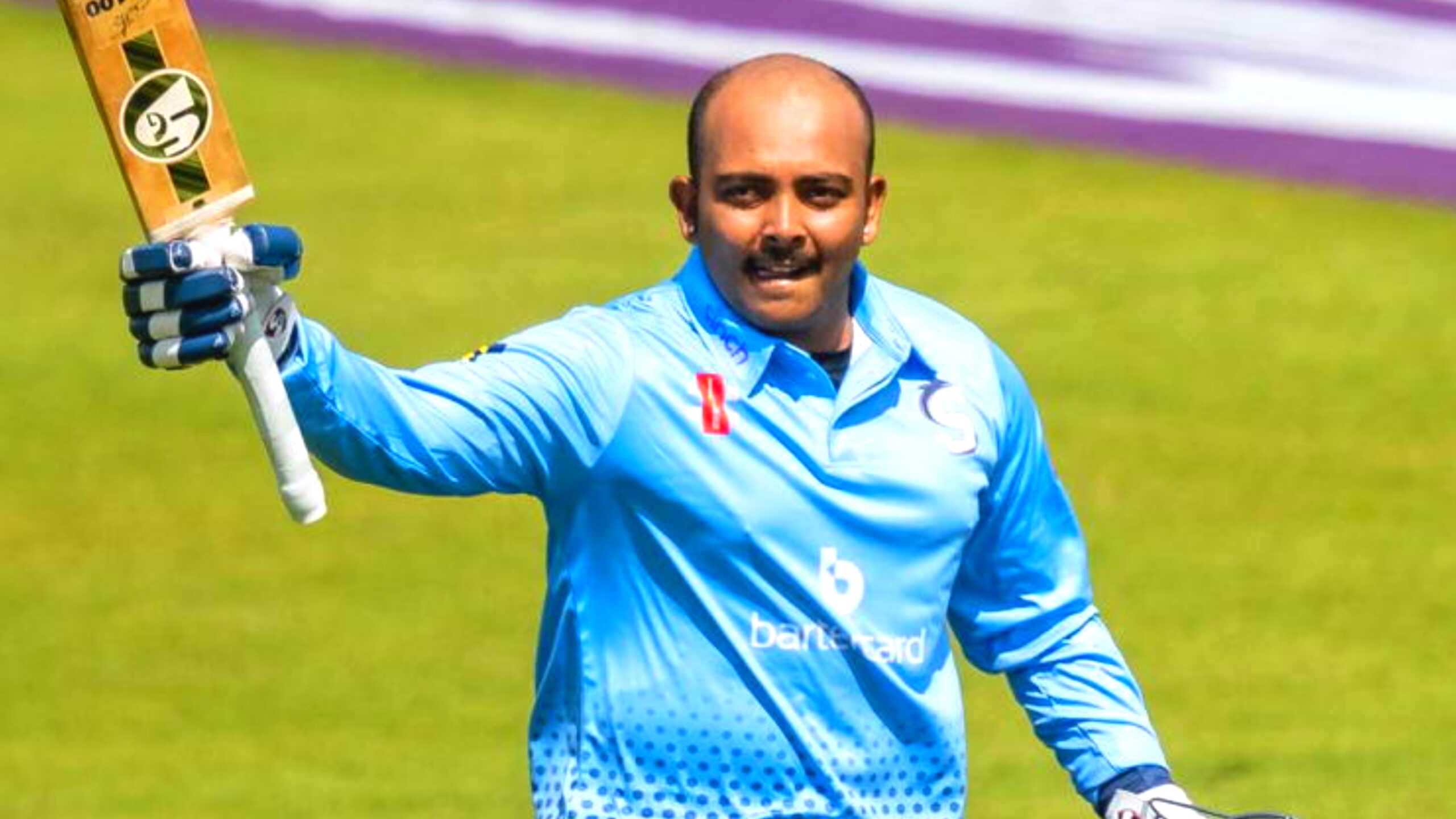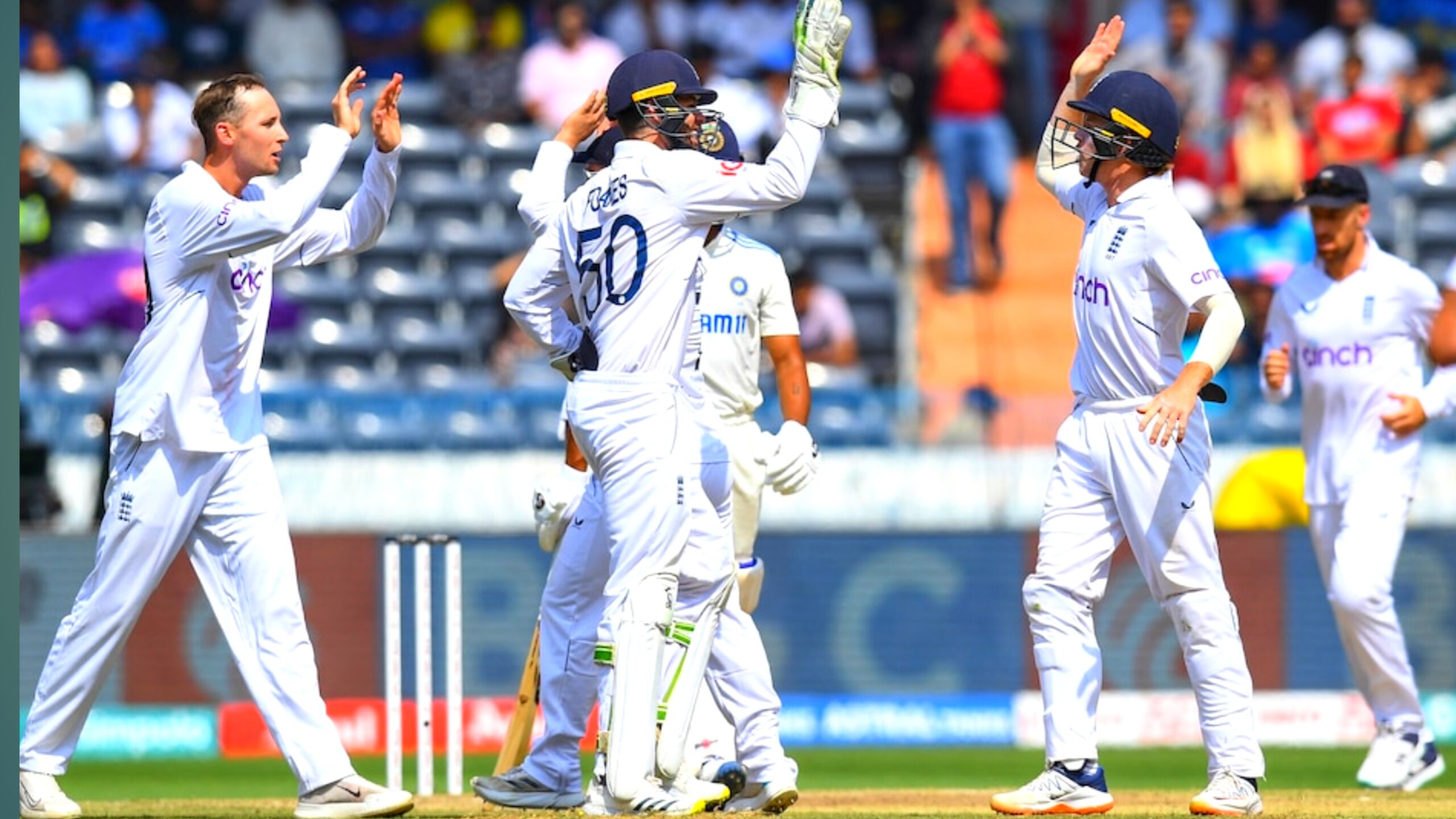The International Cricket Council ( ICC ) has rolled out a comprehensive set of changes to its Playing Conditions, significantly reshaping how international cricket will be played moving forward. These updates, effective immediately in Tests and from July 2025 for ODIs and T20Is, address everything from ball usage to fielding protocols and concussion management.
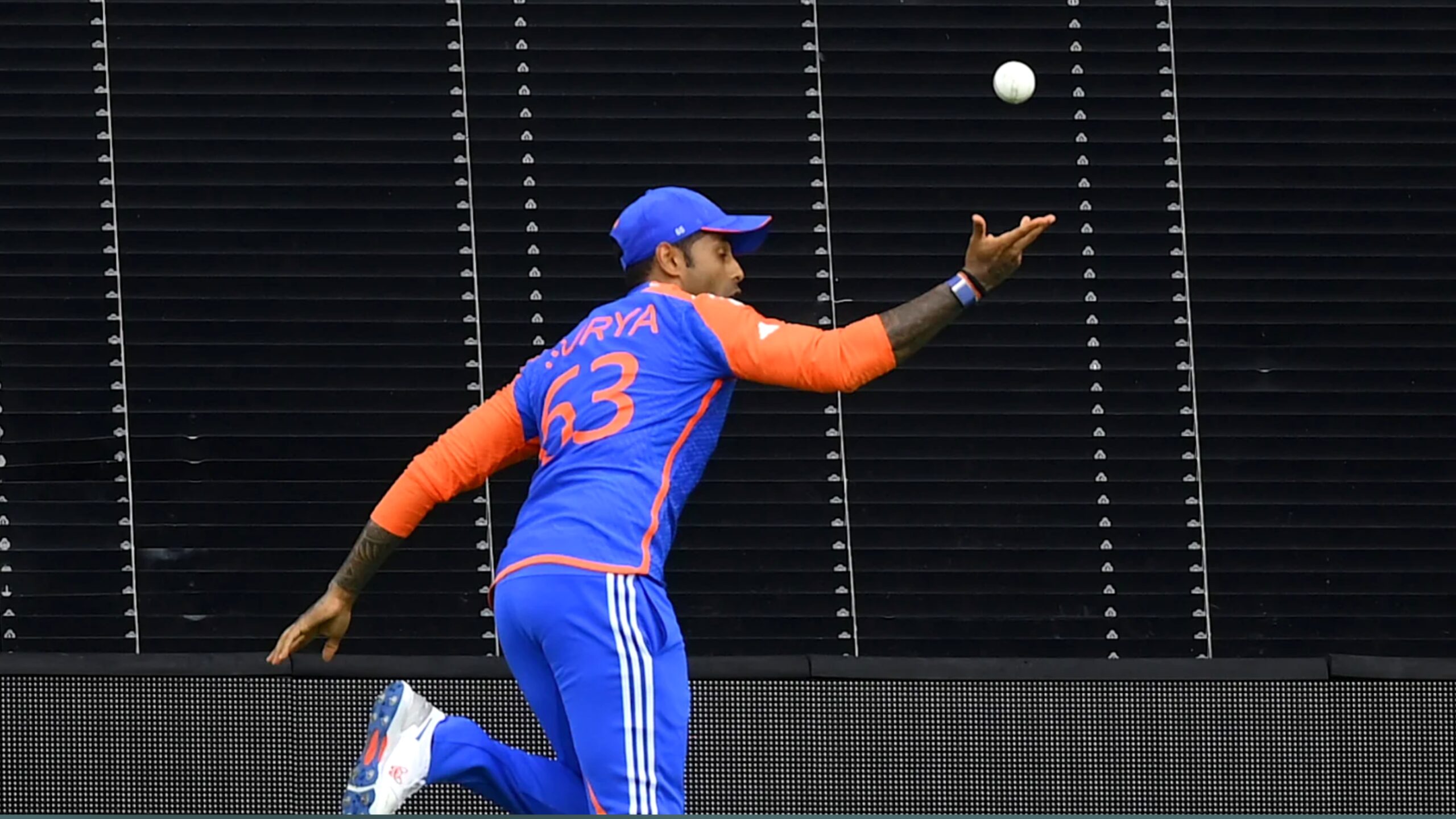
1. Stop Clock Introduced in Test Matches
After its successful use in white-ball formats, a 60-second stop clock will now be used in Tests. Bowling teams must start the next over within 60 seconds, or risk:
- Two warnings allowed per innings
- Five-run penalty for every third breach
- Warnings reset after 80 overs
2. One Ball Rule Restored for ODIs
In a reversal of the two-ball rule, ODI matches will now return to:
- Two balls used for first 34 overs
- One of those balls will be chosen by the fielding side for the final 16 overs
3. New Rules on Boundary Catches
Boundary catches now come with clearer, stricter guidelines:
- A fielder making airborne contact with the ball beyond the boundary must land inside the boundary to complete the catch.
- Only one additional airborne contact allowed after the first touch if the fielder steps out of play.
- Catch is valid only if the player lands completely inside the boundary, even if the ball is caught by another player.
4. Deliberate Short Runs – Stricter Penalties
Besides the current 5-run penalty, fielding teams will now choose which batter faces the next ball after a deliberate short run is penalized.
5. DRS Wicket Zone Redefined
The actual physical outline of stumps and bails will now determine the DRS wicket zone, bringing more clarity and fairness to decisions.
6. Concussion Protocols Overhauled
Two major changes aim to improve player welfare:
- Teams must pre-nominate concussion replacements, reducing unfair home-team advantage.
- Concussed players will now have a mandatory 7-day stand-down period before returning.
7. New Trials Starting October 2025
Replacement Players in Domestic First-Class Matches
Players suffering serious injuries after the match starts can now be replaced with like-for-like substitutes, including warm-up injuries.
Wide Ball Trial in ODIs & T20Is
Umpires will now assess wides based on batter’s leg position at delivery, regardless of post-delivery movement.
- A ball passing between leg stump and the protected area marker will not be called wide.
- Balls behind the batter’s legs and outside the extended wide line may still be called wide.
Rollout Dates
- Test Matches: Changes took effect with the WTC Test between Sri Lanka and Bangladesh on June 17
- ODIs & T20Is: Changes begin from the SL vs BAN series:
- 1st ODI: 2 July
- 1st T20I: 10 July
All ICC-sanctioned matches post these dates will follow the new Playing Conditions.
These updates, recommended by the ICC Men’s Cricket Committee chaired by Sourav Ganguly, are a major step towards modernizing and standardizing the game globally.
Stay tuned for more expert breakdowns and analysis as these changes take effect on the international stage!
Related Stories:
High Court Ordered to BCCI to Pay Rs 538 Crore: IPL franchise Kochi Tuskers Kerala.
Why ICC Punished Rishabh Pant? What Happened Between Pant and Umpire; “IND vs ENG TEST MATCH 2025
Written by: GKD Sports
Images & Info Courtesy: ICC Official Website
